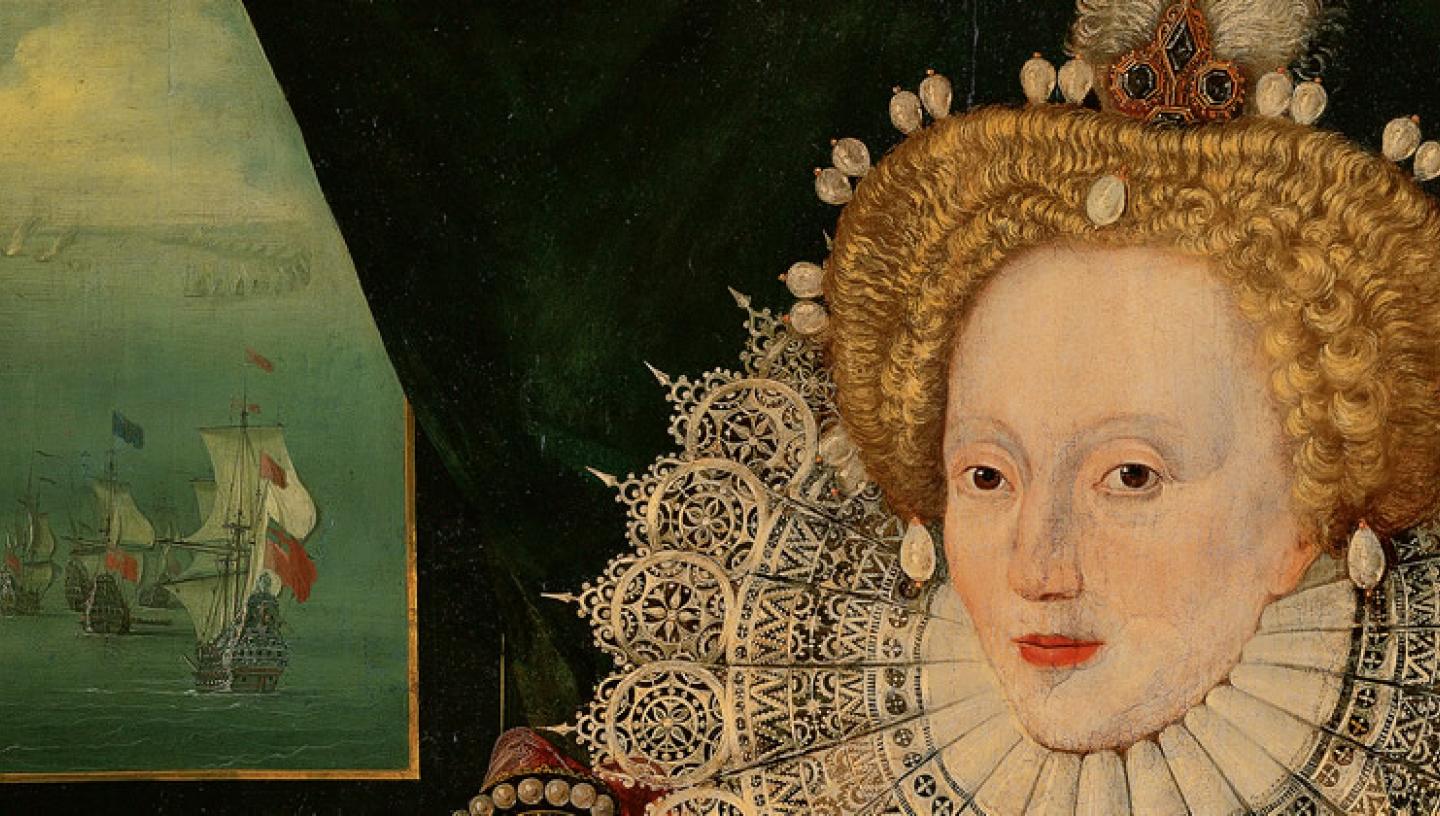
What was the legacy of the defeat of the Spanish Armada and Elizabeth I's famous Tilbury speech, and what can the Armada Portrait tell us about it?
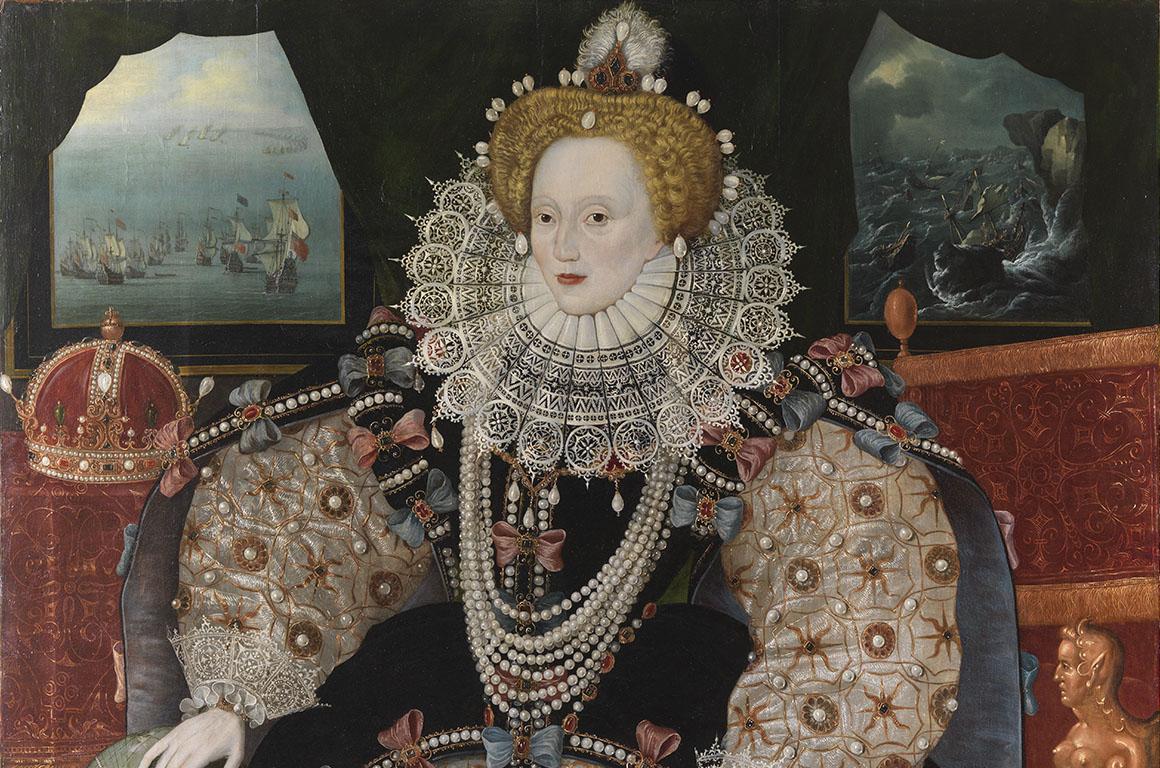
The ‘Armada’ portrait takes its place among patriotic and eulogistic outpourings of post-1588 England, suggesting how the victorious Queen and her realm might transform the balance of power within Europe, around the Mediterranean, and even in the Americas.
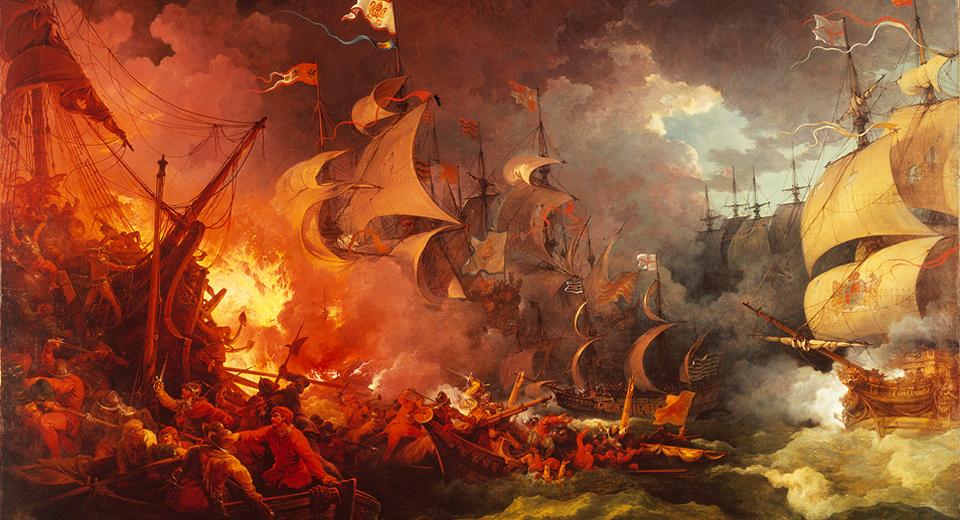
But the portrait is in many ways a glorious fiction. The Armada was hardly destroyed as over two-thirds of its ships managed to return to Spain. In 1589, the English launched a counter Armada, and there were further Spanish and English Armadas in the 1590s, all unsuccessful.
With his armed forces engaged on a number of different fronts, Philip II’s decision to embark on ‘the enterprise of England’ in 1588 can be described as a supreme case of imperial overreach. But in terms of long-term damage to Spanish interests, the outcome had relatively little effect.
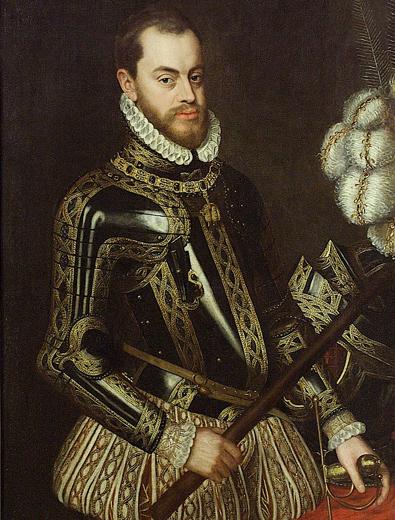
Fighting with Spain intermittently over some two decades put a terrible financial strain on the Elizabethan state. Hostilities ended under Elizabeth’s successor James I, with the Treaty of London, 1604. Despite imperial claims made within the Armada portrait and elsewhere, England had not established an empire outside of the British Isles by Elizabeth’s death in 1603. So the portrait represents not what Elizabeth, her advisers and her courtiers thought was the case in 1588; it represents what they wanted people to believe and aspire to.
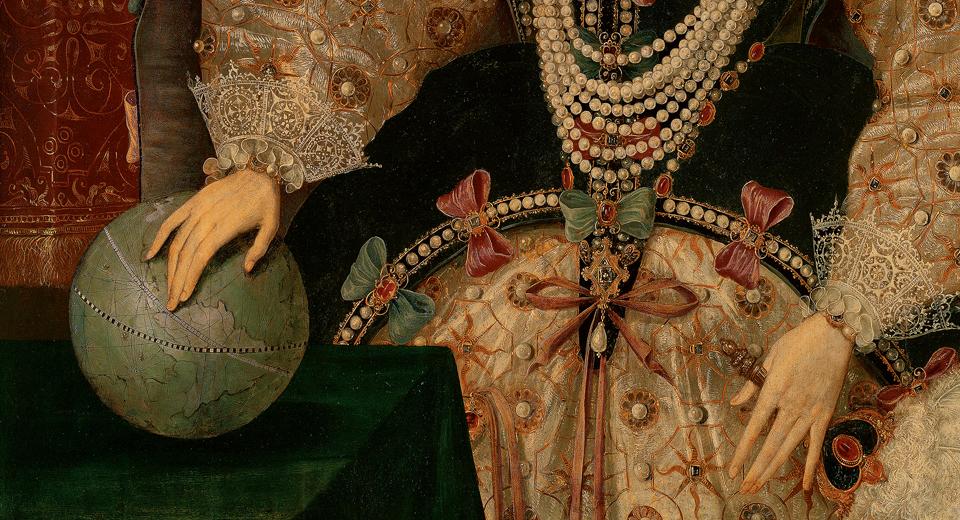
Importantly, the painting encapsulates a fundamental shift in the English psyche. No longer would-be conquerors in the mould of Henry V, the Elizabethans were increasingly identifying themselves as an island race, ‘lyttel England’, continually threatened from abroad but capable not only of punching above its weight, but of becoming a formidable power in its own right.
Elizabeth’s apparently impressive military record against the forces of despotism and popery, affirmed through such imagery as the Armada portrait, became the standard by which her Stuart successors and their policies were judged by the English public.

Indeed, as the historian David Scott has noted, Elizabeth’s carefully crafted but fictitious image as a Protestant heroine made her an almost impossible act to follow. As the popularity of the Stuarts waned during the 17th century, the myth of ‘Good Queen Bess’, ‘Gloriana’ and the Elizabethan ‘Golden Age’ took hold; and the idea of 1588 as the moment when Britain began its rise as a major naval power.
The Armada became synonymous with the dark menace of invasion and despotism, victory signalling a bright future of English/British liberty and ascendancy. This version was used time and again at moments of national crisis, particularly when invasion threatened; as Britain stood alone against French Revolutionary and Napoleonic France, and later Nazi Germany.
The Armada Portrait
The Armada Portrait commemorates the most famous conflict of Elizabeth I's reign – the failed invasion of England by the Spanish Armada in summer 1588. This iconic portrait is now back on public display in the Queen's House after careful conservation.